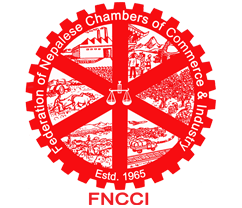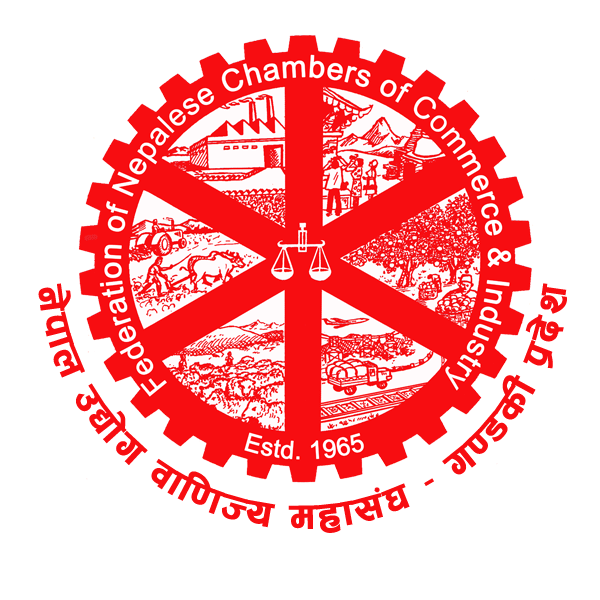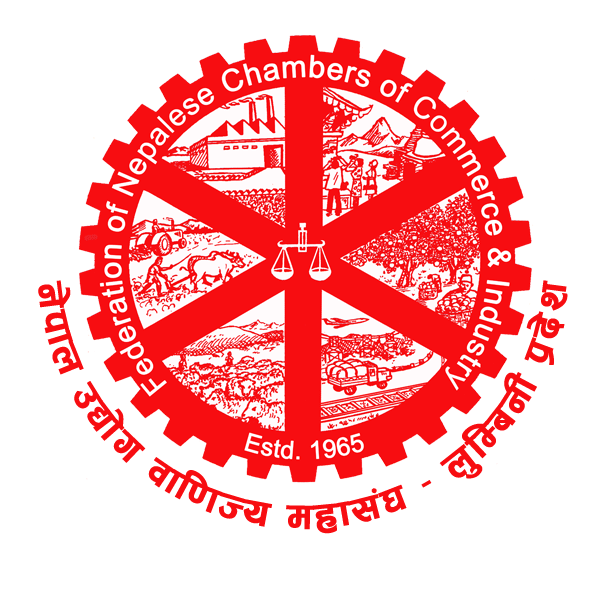Province Profile
Lumbini Province lies in the mid western part of the country. It has an area of 22,288sq.km and that is 15.11% of the total area of the country. 45% of provincial land is covered by forest including Banke and Bardia National Parks and some parts of Dhorpatan hunting reserve. 29% land is arable and 14% of the Province land is utilized for housing purpose. It is bordered by India in the south, Putha himal of Rukum East in the north and Rampur of Palpa district in the east to Rajapur of Bardia district in the west.
Topographically, the province can be divided into five main regions starting from the North, viz. 1) High Himalayas (3.1%), 2) High Mountains (9.1%), 3) Middle Mountains (32.2%), Siwalik region (27.9%) and 4) Terai region (27.6%).
43.3 percent provincial land is at an altitude of less than 500 meters. This area is mostly covered by fertile land and dense forest. 20.4 percent of area is at an altitude of 500-1000 meters. 24.2 percent land is at an altitude of 1000 to 2000meters. Similarly 7.4 percent land is at an altitude of 2000 to 3000 meters and land above 3000 meters altitude is 4.9 percent.
Apart from the topographical divisions, administratively there are 12 Districts. As per the new constitutional provision there are 109 local governments composed of 4 sub-metropolitan cities, 32 municipalities and 73 rural-municipalities with 983 wards.
SOCIAL AND CULTURAL DIVERSITY
Total population of the province is 4499272. Out of total population 51.68% of the provincial population is residing in the urban area. The largest ethnic group is Tharu (15.2%). Similarly, there are 15.1% Magar, 13.8% Chettri, 12.5% Brahman (Hill), and 6.9% Muslim.
ECONOMY
As per Economic Survey (2019/20), Lumbini Province contributes 14% to national GDP. Measuring GDP by provinces it is estimated to have a growth rate of 2.0% in the fiscal year 2019/20.
There are 614 commercial banks, 307 development banks, 34 finance companies, 900 Microfinance companies. Similarly, there are 272 life and 190 non life insurance companies and their branches in the province.
Agriculture, forest and tourism are the mainstay of province economy. Productivity of paddy in the province is 3.91 MT per ha, which is above the national average productivity of 3.8MT per ha (CBS; Rice production estimate for fiscal year 2018/19). Out of the total paddy production in the country Lumbini Province comprises 21.4%. Similarly 24.7% of Wheat and 13.9% Maize is produced in the province.
316000 ha of agriculture land are irrigated through 541 irrigation systems in the province. Similarly, there are various irrigation projects under construction, namely, Bheri Babai diversion, Babai, Sikta. After completion all these big irrigation projects will irrigate approximately 140000 ha of land.
There are 522 industries registered under department of industry. Out of total number of industries Production based industry shares the highest number i.e. 418. While there are only 24 Agriculture and forestry based industry.
There are 14715 companies registered under company act in the province. Similarly, 68334 small, cottage and micro level industries are registered in the province. These industries create an estimated 477654 employment.
Lumbini Province has seen a considerable growth in electrification. According to Nepal Electricity Authority report 91% household in the province are electrified. Total number of electricity consumers in the province is 457992, consuming 370.8 Million MWh of energy annually. According to NEA, Distribution and Consumer Service Directorate 93% of consumers are domestic users; loss of electricity in the province is 12.17% for the year 2076/77. Out of the total loss in distribution provincial office, Gularia contributes the highest loss percentage of 25.02% (2076/77).
8931 km of road is constructed in the Province. Out of which 5293 km is blacktopped.
There are 5707 schools in the province with 1255141 students including 621735 girls and 633406 boys. All together there are 23627 teachers (temporary and permanent) working in various levels of schools.
There are 20 government hospitals, 30 primary health care centers, 570 health posts and 363 birthing centers in the province.









